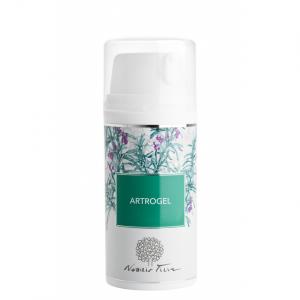Elm tree (Spiraea ulmaria)
Other names: Filipendula ulmaria
Harm score: 1 (Natural substances)
The elm tree, also known as Filipendula ulmaria, is a deciduous plant typical of wet meadows, wetlands and stream banks. It belongs to the family Rosaceae and is native mainly to Europe and Western Asia. It is a plant popular not only for its appearance - it occurs in nature as a shrub over a metre tall with small, five-petalled flowers in corymbic panicles that bloom from June to August in a white colour with a faint scent - but also for its medicinal properties.
The elm tree is often sought after for its richness in salicylate, the substance that is the basis for the production of acetylsalicylic acid, commonly known as aspirin. It also contains flavonoids, phenols, coumarins and tannins, which together act as a powerful anti-inflammatory and diuretic agent. The plant has traditionally been used in herbal medicine to treat a variety of ailments, including headaches, sprains, rheumatism and other health problems associated with pain and inflammation. It has also entered the cosmetic industry, where it is used for more delicate and sensitive products such as creams and tonics. The elm tree has been a traditional part of European medicine for hundreds of years, despite the fact that its effects were not fully understood until recently. Before the production of synthetic aspirin, for example, its leaves and flowers were collected and dried for use as a medicinal tea. Today, its importance is all the greater because it is a natural and gentler alternative to synthetic medicines.
Elm tree (Spiraea ulmaria) can be found in the following products

Flavo-Lymf - tincture without alcohol (50 ml) - lymphatic system and vascular system
Product detail